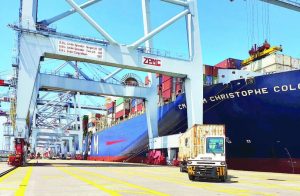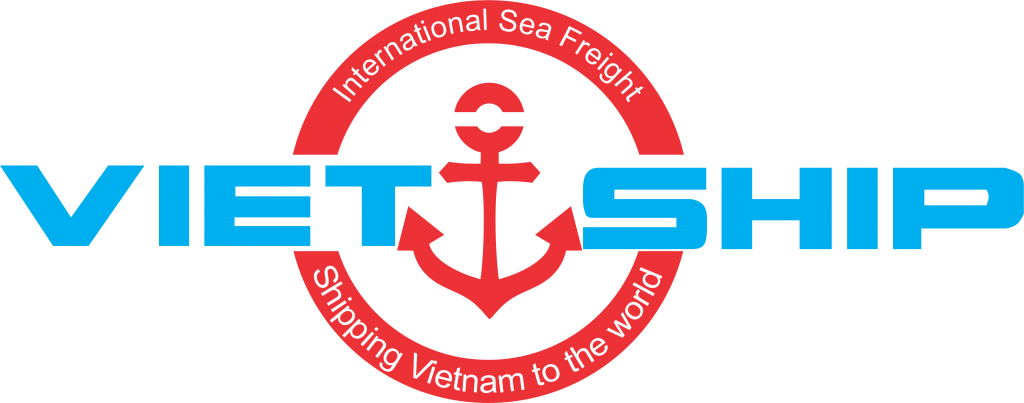Ho Chi Minh City Logistics: Identifying Bottlenecks to Achieve Real Potential
Ho Chi Minh City has recently expanded, merging with Bình Dương and Bà Rịa-Vũng Tàu, forming a “mega-city” with over 6,500 km² and more than 13 million people. This transformation presents both immense opportunity and significant challenges for the region’s logistics sector. To develop logistics that truly match its scale, it is crucial to recognize existing bottlenecks in infrastructure, connectivity, and planning.

Key Advantages of the New Mega-City
-
Following the merger, the new Ho Chi Minh City holds a coastline of 110 km, and ports which account for more than 30% of the country’s port frontage.
-
The city now encompasses a cluster of major ports including Tân Cảng Cát Lái and the deep-water port system in Cái Mép – Thị Vải. These ports serve complementary roles: Cát Lái supports domestic transport and connects industrial and urban areas, while Cái Mép – Thị Vải provides direct access to international shipping routes.
These assets position the expanded city as Vietnam’s foremost maritime gateway not just for the Southeast region but for the entire country.
Key Bottlenecks Limiting Logistics Performance
Despite the clear strengths, experts point out several critical limitations:
-
Overload at Cát Lái
Cát Lái port frequently experiences congestion, especially on road access. High traffic of trucks and containers combined with limited alternative routes leads to delays and inefficiencies. -
Underused Capacity at Cái Mép – Thị Vải
Although this deep-water port complex is world-class and capable of handling ultra-large vessels, its post-port connectivity remains weak. Inland infrastructure is insufficient, reducing its ability to operate at full capacity. -
Inadequate Road Networks & Ring Roads
Road connection between the old Ho Chi Minh City and Bình Dương passes through multiple industrial zones and residential areas, creating frequent traffic jams, especially during peak hours. There is also an absence of fully developed Ring Road 3 and Ring Road 4, hindering traffic flow and efficient freight movement. -
Disconnected Regional Planning & Lack of Synchronization
Infrastructure projects, logistics zoning, and regulations often remain siloed. There’s insufficient integration of planning between the formerly separate provinces and a lack of alignment in development strategies.
Strategic Actions Needed for Sustainable Growth
To overcome these bottlenecks and unlock full potential, experts propose a multi-pronged strategy:
-
Comprehensive Regional Logistics Planning
Establish a unified and integrated logistics master plan that covers the entire megacity region, including Ho Chi Minh City, Bình Dương, and Bà Rịa – Vũng Tàu. The plan should align port, road, rail, and industrial zone development. -
Strengthening Multimodal Connections
Improve connectivity not just by road, but also develop rail, inland waterways, and logistics corridors. Prioritize projects that link ports with industrial and consumption centers, such as the proposed logistics corridor from Cái Mép to Long Thành and through to inner city areas. -
Development of Logistics-Smart Infrastructure
Deploy technologies that increase port and warehouse efficiency, digitization of customs and operations, and automation. Learning from international “smart port” models can support higher throughput and reduced operating costs. -
Sustainability and Green Logistics
Growing global and local demand for green, low-carbon supply chains means Ho Chi Minh City needs to adopt eco-friendly practices: cleaner energy use, reduced emissions, optimized transport scheduling, and sustainable warehouse design. -
Free Trade Zones and Incentives
Establishment of Free Trade Zones (FTZs), especially around strategic ports like Cái Mép, could attract investment in logistics infrastructure, offering preferential policies for investors. Tax incentives and regulatory support will be key.
Vision for Ho Chi Minh City as a Global Logistics Hub
If the proposed solutions are implemented effectively, the expanded Ho Chi Minh City region can evolve into a globally recognized logistics hub—where international shipping, export manufacturing, warehouse-to-door businesses, and air cargo integrate seamlessly. With strong ports, efficient road and rail infrastructure, digital operations, and sustainable practices, the megacity can realize its potential as a gateway not just for Vietnam but for trade across Southeast Asia.
Read more:
Why Logistics Costs Make Up 17% of Product Price in Vietnam’s Busiest Economic Zone
Gửi hàng đi Singapore tại Hà Nội giá cực ưu đãi

